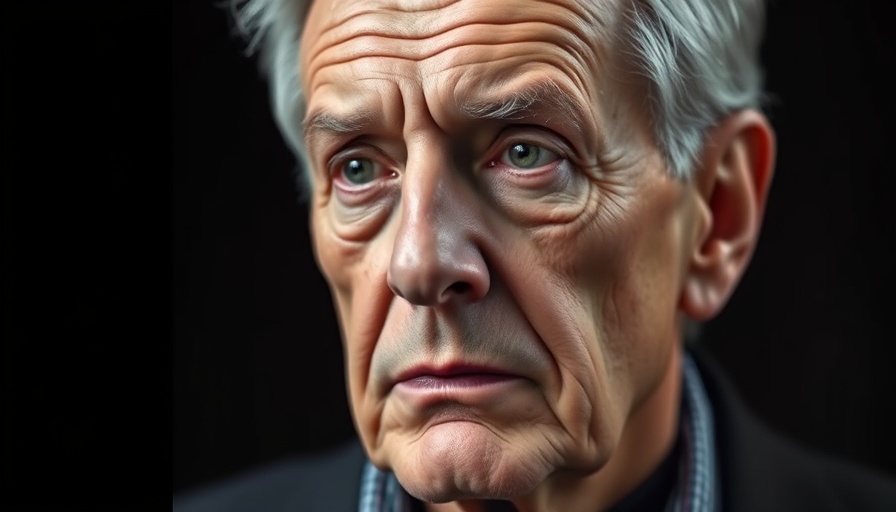
The Impact of Workforce Reductions at the CDC
The recent mass layoffs at the Centers for Disease Control and Prevention (CDC) have sparked immense concern among health professionals and the public alike. With around 3,000 staff members—approximately a quarter of the agency's workforce—lost since January, the agency's ability to respond effectively to public health emergencies is being questioned. This dramatic workforce reduction, which includes not only terminations but also voluntary buyouts under the current administration's budget cuts, raises alarms about the future of public health in the United States.
Unprecedented Times for the CDC
Under the leadership of Health Secretary Robert F. Kennedy Jr., the CDC has faced intensified scrutiny. The recent cuts were compounded by a chaotic environment, including numerous high-profile resignations and firings. These actions have undermined a once-stalwart agency, leading to fears among health experts. Dr. Demetre Daskalakis, the former director of the National Center for Immunization and Respiratory Diseases, described the agency's situation as "abusive," highlighting the long-term repercussions these cuts could have on disease management and outbreak response.
The Chaotic Response
Ironically, amid this upheaval, many employees were initially notified of their termination only to receive emails the following day clarifying that their layoffs were a result of administrative errors. This tumultuous response not only reflects disorganization but also amplifies the uncertainty and fear among public health workers. The confusion regarding the cuts has been detrimental, demonstrating mismanagement at a critical time for national health.
Commentary from Public Health Experts
Experts have voiced their apprehensions. Tina Tan, president of the Infectious Diseases Society of America, highlighted the recklessness of these cuts, stating that such unprecedented layoffs could compromise public health in America. This sentiment has echoed widely as the cuts disproportionately hit an agency responsible for critical disease prevention and response initiatives.
A Look Ahead
Moving forward, the CDC’s capacity to serve its critical public health function seems perilous. These cuts could affect everything from disease outbreak investigations to the guidance provided to the public. The drastic measures taken during this tumultuous time emphasize a growing divide between public health science and administration. As the CDC navigates these unprecedented challenges, it is essential for the public to remain informed and engaged in discussions around health leadership in America.
 Add Row
Add Row  Add
Add 




Write A Comment